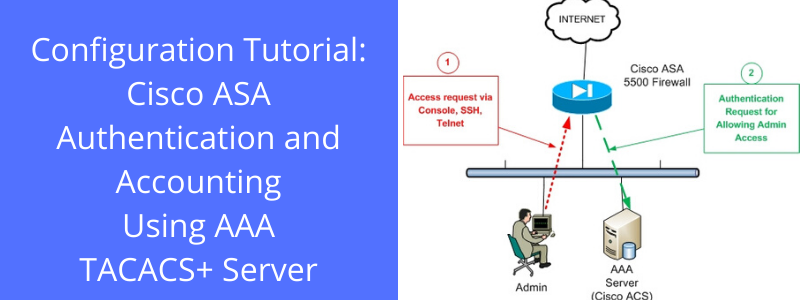Understanding the Missing Component in Network Security: AAA Elements
In the realm of network security, the AAA (Authentication, Authorization, and Accounting) elements play a crucial role in safeguarding sensitive information. However, it is equally important to identify what is not part of the makeup of AAA elements to ensure comprehensive protection. This article aims to shed light on the missing component in network security and its benefits.
I. Definition of AAA Elements:
Before delving into the missing component, let's briefly review the AAA elements that form the foundation of network security:
- Authentication:
- Verifying the identity of individuals or entities accessing the network.
- Typically involves providing credentials such as usernames and passwords.
- Authorization:
- Granting or denying access to network resources based on the authenticated identity.
- Ensuring users have appropriate privileges and permissions.
- Accounting:
- Monitoring and recording network activity for auditing and billing purposes.
- Capturing details like user session duration, data transferred, and system events.
II. Identifying the Missing Component:
The missing component in the makeup of AAA elements in network security is:
Accountability:
- Accountability refers to holding individuals or entities responsible for their actions within the network.
- It involves establishing a clear chain of responsibility, ensuring actions
Which of these is not part of the makeup of the aaa elements in network security quizlet
Unraveling the AAA Elements in Network Security Quizlet: What's Missing?
Discover the comprehensive AAA elements crucial for network security in the quizlet. Learn which component does not belong and its impact on safeguarding your network. Dive into this insightful article for a deeper understanding.
In the realm of network security, the AAA elements play a vital role in ensuring the integrity and protection of sensitive information. AAA stands for Authentication, Authorization, and Accounting – three interconnected components that form the backbone of secure network access. However, have you ever wondered which element is not part of the makeup of the AAA elements in the network security quizlet? Let's explore this question further and shed light on the significance of each AAA element.
Understanding the AAA Elements in Network Security Quizlet
Authentication: The First Pillar of Network Security
Authentication serves as the initial layer of defense in network security. It verifies the identity of users or devices attempting to gain access to the network. By employing various authentication methods such as passwords, biometrics, or digital certificates, organizations can ensure that only authorized individuals or devices can enter the network. This element is an integral part of the makeup of the AAA elements in the network security quizlet.
Authorization: Granting or Restr
Quizlet which of these is not part of the makeup of the aaa elements in network security?
How is the security assertion markup language used quizlet?
What is the least restrictive access control model?
Which access control model uses flexible policies that can combine attributes?

What are the three roles within security assertion markup language SAML?
Frequently Asked Questions
What are the four 4 main access control model?
When setting up access users should only be given the minimal amount they need to perform their job duties?
What are the 4 types of access control?
- Discretionary access control (DAC)
- Mandatory access control (MAC)
- Role-based access control (RBAC)
- Rule-based access control (RuBAC)
